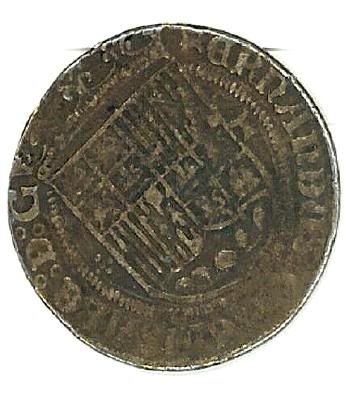Options
Spanish unknown
I think I may have asked about one like this before but all my files were lost on a computer crash a few months ago:


TIA


TIA
0

Comments
If it does actually look like silver, then it might be genuine, but genuine coins of this type aren't usually this round.
Roman emperor Marcus Aurelius, "Meditations"
Apparently I have been awarded the DPOTD twice.
But of course they'd need a lot more archaeological proof than a Ferdinand and Isabella-era coin. Those have been found before in Florida and Georgia. After all, coins circulated for a long time back then, unless they were lost. Who's to say the coin that was found near here wasn't dropped later, in the 1600s or even a little later than that? Still, it would be mindblowing to find one that old. My oldest found is 1658, and the oldest any of my friends have dug was a tiny cob half-real struck no earlier than about the 1590s.
But speaking of what LordMarcovan bring up San Miguel Gualdape, in addition to that ferd and isabella coin being found, I would think those settlers also brought over Santo Domingo coppers, as that is where they were from. Which brings to mind a question I had: I had always thought the San Domingo coppers of the 1500s were all the crude pillars on one side and big cursive "V" on the other side. Yet I have also seen Spanish coppers with a lion on the obverse, castle on reverse and "S.P" marks being attributed as Santo Domingo coppers. Anyone know for sure?